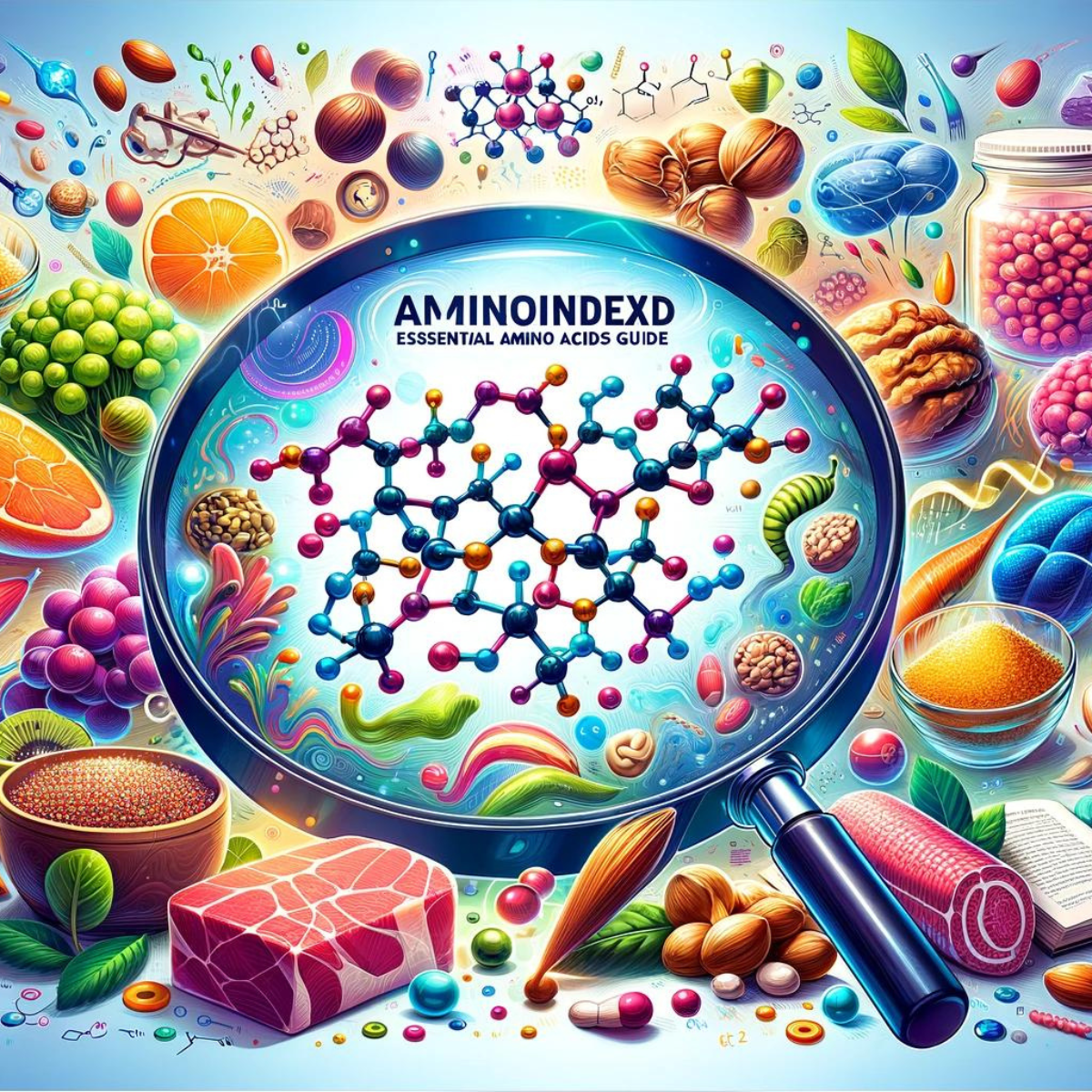Probiotic Foods Have Been Used for Thousands of Years

Historical Context of Probiotic Foods:
The use of probiotic foods dates back thousands of years, long before the term "probiotics" was coined. Various cultures worldwide have a rich history of fermenting foods, which inherently led to the consumption of beneficial microbes.
Ancient Practices of Fermentation:
- Early Fermentation: The practice of fermenting foods for preservation, flavour, and health benefits is ancient. Examples include fermented dairy products in the Middle East, kimchi in Korea, sauerkraut in Europe, and miso in Japan.
- Traditional Knowledge: These traditional practices were based on empirical knowledge of the health benefits of these foods, even if the understanding of probiotics was not scientifically defined.
Cultural Significance:
- Diversity of Fermented Foods: Each culture has developed unique fermented foods, contributing to dietary diversity and regional culinary traditions.
- Health and Preservation: Fermentation is a method to preserve food before refrigeration and has been linked to various health benefits, including improved digestion and enhanced immunity.
Probiotics in Historical Medical Practices:
- Ancient Medicine: Historical texts from civilizations like the Romans, Greeks, and Egyptians mention using fermented products for health purposes.
- Ayurveda and Traditional Chinese Medicine: These ancient systems of medicine have long recognized the importance of gut health and used fermented foods as part of their therapeutic practices.
Modern Recognition:
- Scientific Understanding: The modern understanding of probiotics began in the early 20th century with the work of scientists like Elie Metchnikoff, who linked the longevity of Bulgarian peasants with their consumption of fermented milk.
- Continued Relevance: These traditional foods are being revisited and studied for their probiotic content and health benefits, linking ancient practices with modern nutritional science.
Shop Probiotics
Conclusion: The millennia-old tradition of consuming probiotic foods reflects a deep-rooted wisdom about health and nutrition. Modern science continues to uncover the benefits of these traditional practices, reinforcing their value and relevance in contemporary diets.
Disclaimer: While the historical use of probiotic foods is well-documented, their effects can vary. It's recommended to consult healthcare professionals for personalized dietary advice.
References:
- Hutkins, R. W. (2018). Microbiology and technology of fermented foods. John Wiley & Sons.
- Sanders, M. E. (2008). Probiotics: definition, sources, selection, and uses. Clinical Infectious Diseases, 46(Supplement_2), S58-S61.
- Tamang, J. P., & Fleet, G. H. (Eds.). (2009). Yeasts, molds and bacteria: in food. Springer Science & Business Media.
- Marco, M. L., & Tachon, S. (2013). Environmental factors influencing the efficacy of probiotic bacteria. Current Opinion in Biotechnology, 24(2), 207-213.
- Steinkraus, K. H. (1997). Handbook of indigenous fermented foods. CRC Press.


















